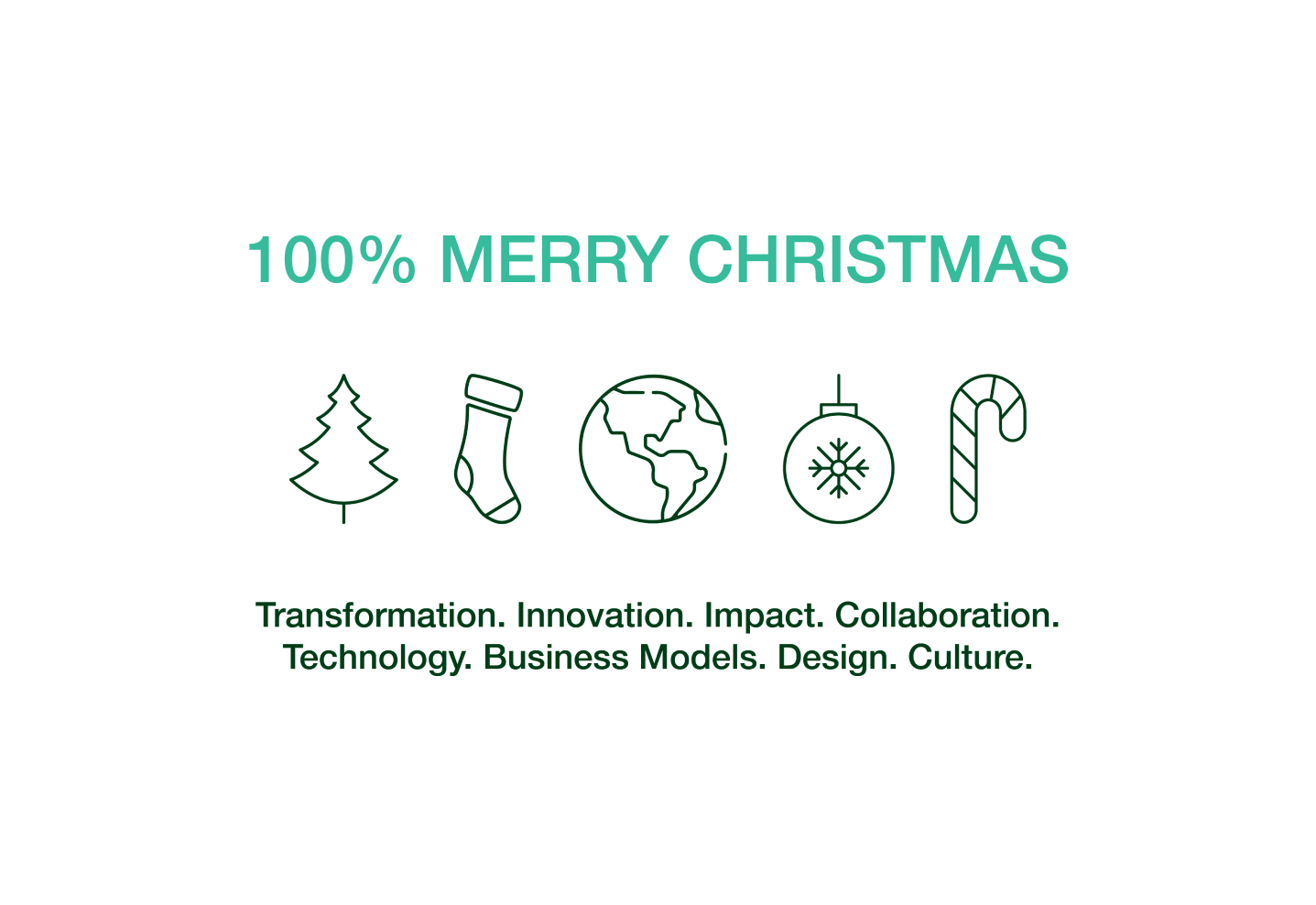Albert Colmenero. co-founder and COO of the company Kompyte, explains the use of competitive intelligence (IC) for organizations to track market opportunities and create new operations at the Girbau LAB Innovators Club in the online session held on January 13.
Kompyte, a start-up created in Barcelona, has created competitive intelligence (IC) software software that tracks your competitors and helps you automate competitor research and competitor reporting. This software organizes information in an accessible and intuitive way within a single centralized platform, organizing all facets of a relationship with customers.
Kompyte real-time information allows companies to adapt to ever-changing markets, differentiate their brand and have a positive impact on their results.
Beyond the presentation, Albert Colmenero delves into some ideas through the interview we share below. Colmenero explains the keys to how innovation is linked to competitive intelligence and details what is the most effective way to develop innovation in a company.
1. How is innovation linked to competitive intelligence (CI)?
Competitive intelligence by its nature can be applied to virtually every department in a company. From Kompyte we have always argued in favour of applying this information to those departments that, on the one hand, by the mere fact of applying it generate a direct increase in turnover and, on the other hand, allow a simple traceability that contributes to the equipment that generates these assets. . an undeniable attribution.
Over the years, Kompyte has seen that the companies that generate the most ROI on competitive intelligence are those that link competitive intelligence to product marketing and sales departments.
Regarding it comes to innovation, competitive intelligence can give good signals of what’s coming in the competitive environment. For example, the medium-high profiles that our competition is looking for today we can you let us glimpse the strategic moves that can occur in 6-12 months
2. How can competitive intelligence (CI) create new spaces of opportunity and also become a good business tool?
Competitive Intelligence definitely brings great value to the departments that are in this area. Knowing the competitive movements of the market at the time keeps the value proposition aligned with reality ensuring its robustness. In addition, the competitive intelligence organized and distributed in real time increases substantially the winning ratio over competitors.
In addition, competitive intelligence is a tool in itself when it comes to creating and detecting new spaces of opportunity both from the point of view of spaces with no competition and new spaces explored by competitors.
3 – How is competitive intelligence (CI) applied in Kompyte?
For confidentiality reasons, it is not possible to explain how, but it can be said that it is applied in a very transversal way, emphasizing those teams that are in direct contact with the market.
4.- What is the optimal way to promote joint innovation between a corporation and a start up?
From my point of view, the cultural differences between a start up company and corporations are so great that the healthiest way they have to collaborate is in a customer-supplier framework where the start up can bring its value to more customers, corporations or not, and where corporations can benefit from this value by improving their efficiency through new products, methodologies, and approaches.
5.- What is the most effective way to develop innovation in a company?
I believe that we are in an era in which innovation, like digitalization, is no longer optional, it is vital for the company’s own long-term viability. In this sense, the very pressure of the market (competition, new needs of society, …) will force us to innovate or die.
That said, innovation must be encouraged from the leadership of the company, creating spaces where everyone, without obligation, but with support and maximum respect, shared their ideas with the rest.
On the other hand, dynamics based on high productivity models such as OKRs are used by individuals to improve their processes and therefore to innovate.
6- What improvements in efficiency and sustainability do you see for the laundry industry in the next 5 years?
Lower water consumption and more environmentally friendly detergents.
7- How will clothes be washed in 2050?
I would love to be able to give an answer, but the truth is that I haven’t the faintest idea, although I think it is very likely that it will become much more efficient from an energy point of view and more environmentally friendly.




share